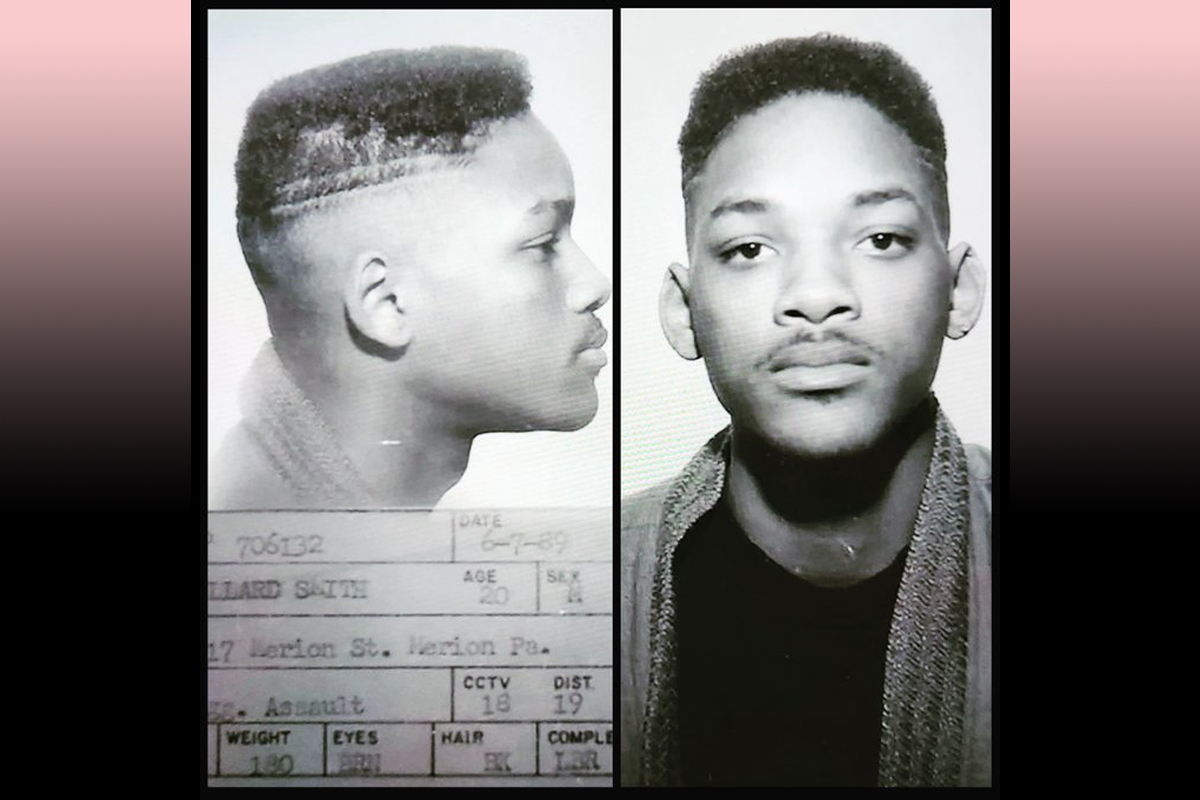Lubbock County Jail Mugshots Public Access and Privacy
Lubbock County Jail mugshots are a readily available source of information, raising important questions about public access, privacy rights, and the ethical implications of widespread dissemination. This report delves into the methods of accessing these mugshots, the legal landscape governing their release, and the potential consequences for individuals whose images are publicly displayed. We’ll examine the role of media in shaping public perception, the potential for misinformation, and the impact of advanced technologies on mugshot databases.
The accessibility of Lubbock County Jail mugshots varies compared to other Texas counties, with differing search functionalities and image quality across various online platforms. This disparity highlights the need for a consistent and standardized approach to managing and releasing such sensitive information, balancing public interest with individual privacy rights. The ethical considerations involved are complex, affecting rehabilitation efforts and potentially leading to misidentification and unfair judgment.
Lubbock County Jail Mugshots: Public Access, Ethical Concerns, and Technological Implications
The availability of Lubbock County Jail mugshots online raises significant questions about public access, privacy rights, and the potential for misinformation. This article examines the methods for accessing these mugshots, the legal framework surrounding their release, and the ethical implications of their widespread dissemination. Furthermore, it explores the role of media portrayal, the potential for misidentification, and the impact of technological advancements on mugshot databases.
Public Access and Availability of Lubbock County Jail Mugshots
Lubbock County Jail mugshots may be accessible through various online platforms, often operated by third-party companies that aggregate public records. These platforms typically allow searches by name, date of arrest, or booking number. The legal basis for the release of mugshot information rests on the principle of public access to government records, though specific regulations vary by state and county.
Texas’s open records laws generally favor public access, but there may be exceptions for sensitive information or ongoing investigations. Compared to other Texas counties, the accessibility of Lubbock County Jail mugshots is likely comparable, with similar online resources and legal frameworks governing the release of this information. However, variations in database management and website features might exist.
| Website | Search Functionality | Image Quality | Additional Features |
|---|---|---|---|
| Example Website 1 | Name, Date, Booking Number | Variable, often low resolution | Background checks, arrest reports (may require additional fees) |
| Example Website 2 | Name, Date | Medium resolution | Limited additional features |
| Example Website 3 | Name, Booking Number, Charge | High resolution | Advanced search filters, integration with other databases |
Ethical Considerations and Privacy Concerns, Lubbock county jail mugshots
The public display of mugshots raises significant ethical concerns. The dissemination of these images can lead to privacy violations, potentially impacting an individual’s reputation, employment prospects, and personal relationships, even if charges are dropped or dismissed. The potential for long-term stigmatization and hindered reintegration into society is a considerable concern. Cases exist where individuals have faced significant hardship due to the persistent online availability of their mugshots, affecting their ability to secure housing or employment.
- Stigmatization and social exclusion.
- Difficulties in securing employment and housing.
- Damage to personal and professional relationships.
- Increased risk of harassment and discrimination.
Data Analysis of Mugshot Information
Analyzing mugshot data (excluding identifying information) can reveal trends in arrest frequency for different types of charges and demographic patterns among those arrested. However, it’s crucial to acknowledge inherent biases in this data. The data may not accurately reflect the prevalence of crimes in the community, as arrest rates are influenced by factors such as policing practices and reporting biases.
For instance, certain demographics might be overrepresented due to disparities in law enforcement practices.
- Higher arrest frequency for specific crimes (e.g., drug offenses, property crimes).
- Disparities in demographic representation (e.g., age, race, socioeconomic status).
- Potential bias due to factors like policing strategies and socioeconomic disparities.
- Limitations in drawing conclusions about crime rates based solely on arrest data.
The Role of Media and Public Perception
The media plays a significant role in shaping public perception of crime and justice through its use of mugshots. The selection and presentation of mugshots can influence public opinion, potentially reinforcing stereotypes and biases. For instance, the frequent use of mugshots in news coverage might create a perception of a higher crime rate than what is statistically accurate.
A hypothetical scenario: Extensive media coverage focusing on the mugshots of defendants in a high-profile trial could prejudice potential jurors, leading to a biased verdict.
Potential for Misinformation and Misidentification
Publicly available mugshots can be outdated, inaccurate, or even manipulated. Misidentification based on mugshots can have serious consequences, leading to wrongful accusations, harassment, and damage to reputation. A mugshot might show an individual at a younger age, with different hair or facial features, increasing the chance of mistaken identity. A hypothetical situation: A person’s mugshot from years ago, showing a significantly different appearance, is mistaken for a suspect in a recent crime, leading to unwarranted police attention and public scrutiny.
Technological Advancements and Mugshot Databases
Facial recognition technology is increasingly used in mugshot databases to improve identification and retrieval of information. While this can enhance law enforcement efficiency, it also raises privacy concerns and the potential for misidentification due to algorithmic biases. An improved mugshot database system could incorporate advanced search features, biometric data verification, and secure access controls. This hypothetical system would feature a user-friendly interface with robust search capabilities, ensuring accurate identification and minimizing the risk of misidentification.
It would also include robust security measures to prevent unauthorized access and data breaches, employing encryption and multi-factor authentication to protect sensitive information. The system’s architecture would prioritize data integrity and accuracy, implementing regular data audits and updates to ensure the information remains current and reliable. A visual representation would show a clean, intuitive interface with clear search fields, detailed individual records, and secure access controls, highlighting the system’s emphasis on accuracy and privacy.
The availability of Lubbock County Jail mugshots presents a multifaceted challenge, balancing the public’s right to information with the need to protect individual privacy and ensure fair treatment. While access to mugshots serves a purpose in transparency and accountability, the potential for misuse, misidentification, and negative consequences necessitates a careful consideration of ethical implications and the development of responsible data management practices.
Expand your understanding about craigslist cars for sale fargo with the sources we offer.
The ongoing evolution of technology, particularly facial recognition, further complicates this issue, demanding a thoughtful and balanced approach to safeguarding individual rights while maintaining public access to relevant information.






